Coleus amboinicus
While its primary common name makes it sound like this plant comes from the Caribbean island, Cuban oregano is a plant known by many other names as well, including Mexican mint, Spanish (or French) thyme, and Indian borage.
Here’s the funny thing: Cuban oregano is not true oregano. Neither is it mint (Mentha), borage (Borago), or thyme (Thymus). Instead, it’s Coleus amboinicus, a species of coleus plant.
There is some crossover, in terms of taxonomy. Coleus plants are semi-succulent perennials or annuals in the mint family, Lamiaceae, of which basil and thyme are also a part.
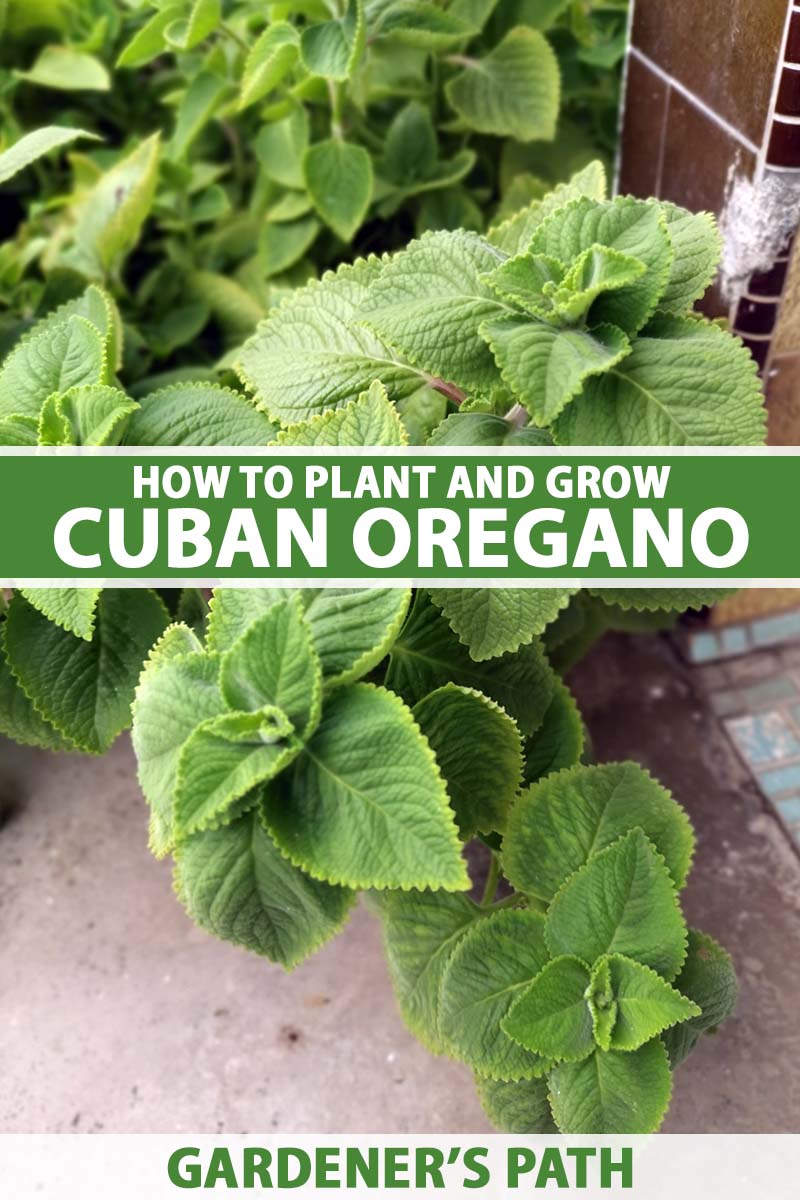
We link to vendors to help you find relevant products. If you buy from one of our links, we may earn a commission.
C. amboinicus bears the nickname “Cuban oregano” thanks to its aroma, which resembles that of true oregano (Origanum vulgare). Cuban oregano’s flavor is also similar to that of O. vulgare, but with an added sharp edge of mintiness.
Unlike common oregano, C. amboinicus grows from a short, thick stem, and has slightly fleshy, serrated leaves. It is semi-succulent, meaning the leaves retain some water but not as much as a typical succulent would.
Hardy only to Zones 9-11, Cuban oregano is often grown as a kitchen windowsill plant in locations where it can’t be grown outdoors year-round.
In this guide, you’ll learn all about how to grow C. amboinicus outdoors.
Though safe for humans to consume, it’s important to know that Cuban oregano – along with all other coleus plants – is toxic to cats, dogs, and horses. Thanks to its pungent smell, it might attract your beloved pets, so consider growing it inside a fenced area.
Here’s what we’ll cover:
What You’ll Learn
What Is Cuban Oregano?
Cuban oregano thrives in rocky, loamy, and sandy areas, especially those at low elevations. It grows one to three feet in height and spreads about two to three feet.

The leaves are two to two and a half inches long, and one and a half to two and a half inches wide.
In late winter to mid-spring, the plant blooms with pink, purple, or white flowers that attract bees and butterflies.
You can grow it as an annual outdoors in Zones 6-8, or wherever summer temperatures stay reliably above 60 to 70°F. Unless you’re in Zones 9-11, it might be too cold for the plant to develop enough to bloom and go to seed.
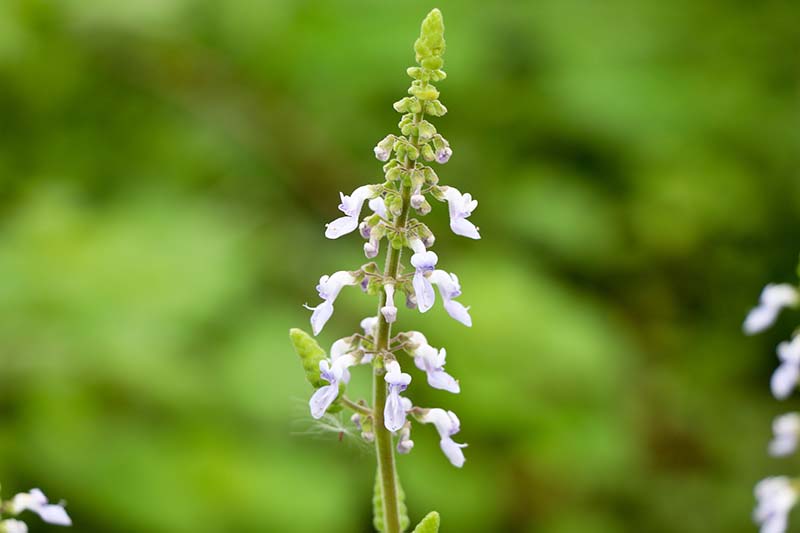
Drought tolerant once established, Cuban oregano thrives in containers, or in quick-draining soil in the garden or yard.
C. amboinicus prefers soil with a pH between 6.0 and 7.5, grows best in partial shade, and may withstand full shade in hotter growing zones.
Plan to provide about four to six hours of sunlight every day, preferably in the morning, to keep the leaves from getting sunburned in strong afternoon sunshine.
Up until recently, C. amboinicus was known as Plectranthus amboinicus.
Coleus, Plectranthus, and Solenostemon are three genera in the Lamiaceae family, and they’re easily confused.
Until 2019, Coleus and Solenostemon were lumped into the Plectranthus genus. In August of that year, however, a group of botanical researchers from the UK, India, Australia, Malawi, Thailand, and France published a paper in the botanical journal PhytoKeys, asserting that Coleus and Solenostemon are their own distinct genera.
P. amboinicus is now considered a synonym for C. amboinicus. Another common synonym that you may see is C. aromaticus, as it was originally described by English botanist George Bentham.
Coleus is a genus of annual and perennial shrubs and herbs, some of which are succulent or semi-succulent, like C. amboinicus. Many species are flashy and fun, with leaves in vibrant, wildly patterned hues of pink and red.
Out of all the coleus plants, the humble C. amboinicus is somewhat drab.
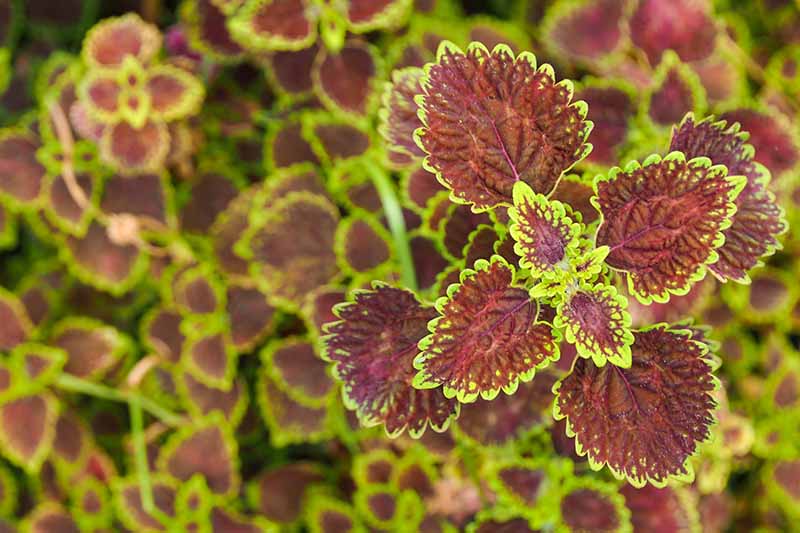
These are often grown as ornamentals and houseplants, and you can learn more about them in our guide to growing coleus plants.
Cuban oregano is sometimes confused with a similar-looking plant often referred to as the “Vicks plant,” due to its scent that closely resembles that of Vicks® VapoRub, the sticky, odorus, camphor and menthol-based cough suppressant.
But the Vicks plant is a different species with the botanical name Plectranthus hadiensis var. tomentosus, or simply P. hadiensis. Unlike Cuban oregano, it stayed behind in the Plecanthrus genus after the 2019 reclassification.
Also sometimes described as succulent coleus, images readily available on the web often confuse the two.
But there’s a key difference: C. amboinicus has pointed, mint-like leaves. P. hadiensis has smaller, rounded, obviously fuzzy leaves that actually look quite a bit more like those of O. vulgare.
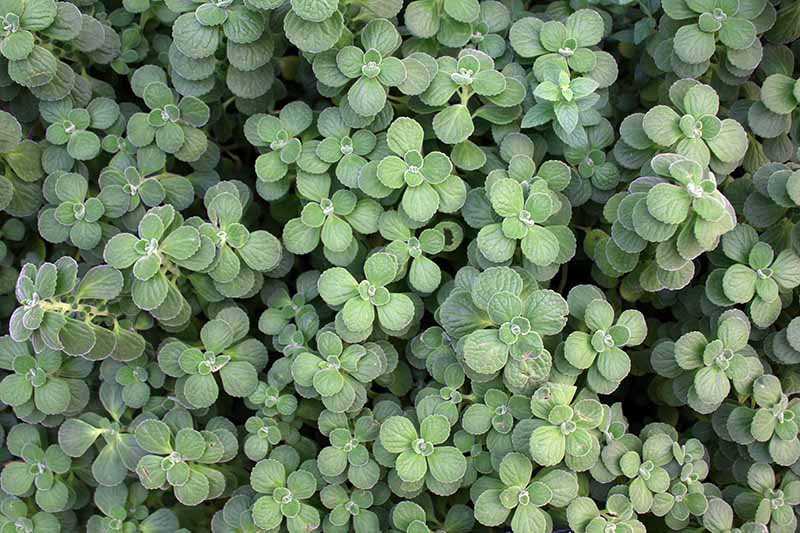
You can also tell them apart by crushing the leaves and smelling them. C. amboinicus smells like oregano, whereas P. hadiensis might remind you of having a cold (or like having Vicks® VapoRub slathered on your chest, anyway).
Cultivation and History
The exact history of this plant is murky, but some sources place its origins in the Maluku Islands in Indonesia, which is also where clove (Syzygium aromaticum) and nutmeg trees (Myristica fragrans) are from.
Many claim it originated in India. Still others posit countries in southern and eastern Africa may be the original source of the plant.
Regardless of the locale where it got its start, the plant has naturalized in tropical and subtropical climates around the globe.

And it adds a pungent, savory flavor to dishes enjoyed around the world. I’ve even substituted it in recipes that call for true oregano to add a strong, fresh flavor to a familiar dish.
In Cuba, it’s an essential ingredient in black bean soup. Vietnamese cooks use it as a flavoring for sweet and sour soup. In Puerto Rico, it’s commonly known as “oregano brujo” (witch’s oregano) and used in sofrito.
On the Indian subcontinent, the leaves are used as a main ingredient in chutney, and enjoyed raw on bread with butter. The leaves are also popular as a wine or beer flavoring, and are even eaten fried for a flavorful, crispy snack.
Honestly, fried Cuban oregano sounds pretty delicious. And it’s nutritious, too, rich in vitamins A and C, as well as omega-6 fatty acids.
You can chop fresh leaves and use them in any dish you’d make with oregano. But take note that Cuban oregano is much stronger in flavor than O. vulgare. Use about half of what you’d use if you were adding true oregano to your dishes.
In addition to its culinary applications, people in India, Cuba, and elsewhere have long used C. amboinicus leaves to help soothe fevers, coughs, and symptoms of asthma.
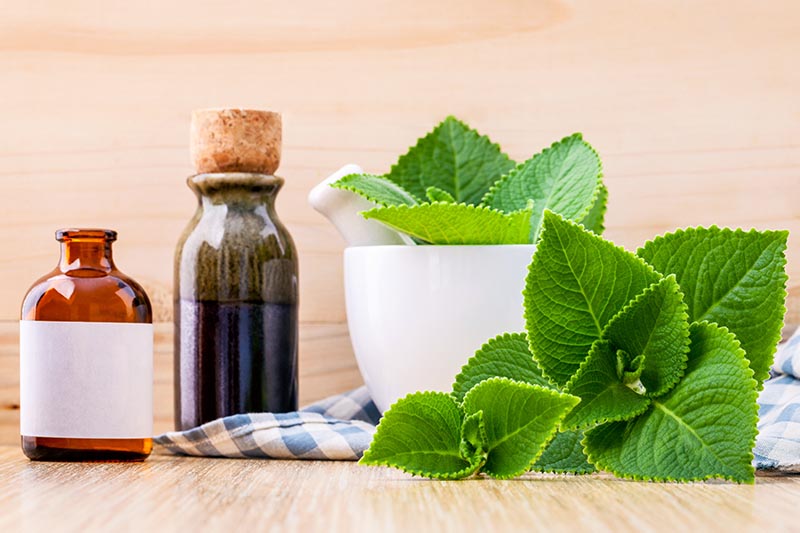
The essential oils derived from the plant can help soothe bug bites, too. Just crack a leaf open and rub the juices on your skin to help calm any annoying itches.
If you grow it outdoors among your other plants, they might benefit from its anti-pest and antifungal attributes. One study found that the oil in the leaves is an effective insecticide when used on white termites.
In another study, the oil was found to restrict the growth of several types of fungi, including species in the genera Fusarium, Penicillium, and Aspergillus.
Propagation
The fastest way to get started with growing your own Cuban oregano is to purchase a young plant at a nursery.
But if you have a friend with plenty of C. amboinicus to spare, you can easily root a cutting. This is the most common propagation method.
Note that you may have some luck experimenting with saving and planting seeds yourself, but seeds are not commonly available for purchase, and are often misidentified.
Some sources indicate that these must be planted as soon as they are collected, and will not remain viable if dried and saved.
Just as with basil, all you need to propagate cuttings is a clear plastic cup or glass filled with fresh water, and a pair of sharp scissors. The cup or glass doesn’t have to be clear, but it’ll be easier to see the roots growing if it is.
Take the scissors and snip a four- to six-inch section of new growth from an existing C. amboinicus plant. Trim the leaves off the bottom two or three inches and place the cutting in the water.
Place the cup in a sunny windowsill indoors or in a sunny protected area outdoors. Change the water every two days.
Within two to four weeks, you should see new root growth at the bottom of the cutting.

When you see about an inch of root growth, fill a six-inch-deep pot with potting mix, create a hole in the center, and gently position the rooted cutting inside.
Bury all of the new roots, as well as the bottom two to three inches of the stem where you initially removed any leaves.
Tamp the potting mix down around the root system and base of the stem.
Water thoroughly, and keep indoors in a sunny windowsill or outdoors in a greenhouse or other protected area for a month or two, or until the plant shows signs of new growth.
You might also wish to dig up and divide large mature plants, and replant the divisions.
Transplanting
Once your plant starts sprouting new leaves, it will rapidly outgrow its container.
You can either transplant it to a container to grow outdoors, or put it directly into the ground. Instructions for both options are included below.
It’s important to wait to transplant C. amboinicus outdoors until the temperature is consistently staying at or above 60°F.
Once established, it’ll be able to weather cold snaps more easily, but you’ll still need to give it some winter protection, especially if you live in Zone 9. We’ll cover that in a moment.
Transplanting to a Container
Select a container that’s at least 12 inches deep and wide. Make sure it has drainage holes, and a dish to catch excess water if you’re growing the plants on a porch or patio.
Miracle-Gro Cactus and Succulent Potting Mix
Fill the container with fresh potting mix. You can use standard potting mix, or a cactus and succulent mix like this one from Miracle-Gro, available at the Home Depot.
The most important thing to note is that Cuban oregano needs loose, well-draining soil in order to thrive.
Make a hole in the potting mixture that’s as deep and wide as the root ball you’ll be transplanting. Gently ease the young plant out of its container and set it in the hole. Backfill with soil.
Water slowly to moisten the soil, and stop as soon as the water begins to come out the drainage holes.
Place the container in an area that gets four to six hours of sunlight, preferably in the morning when the light isn’t strong enough to burn the leaves.
Transplanting Outside
Find a spot in your yard or garden that receives four to six hours of morning sun and has loose, well-draining soil with a pH between 6.0 and 7.5. You may wish to conduct a soil test before getting started.
Also be sure to allow for at least three feet of space between your plant and any other plants or structures nearby.
Dig a hole as deep and twice as wide as the root ball of the plant. Amend the soil in and around the hole with about a cup of well-rotted compost or manure.
Carefully remove the plant from its container and set it in the hole. Backfill with soil and then gently water in well.
That’s all there is to it!
How to Grow
It’s easy to keep your Cuban oregano happy. Plan to provide one inch of water about once a week, or whenever the top inch of soil dries out. Water at the base of plants and keep the water off the leaves as much as possible.
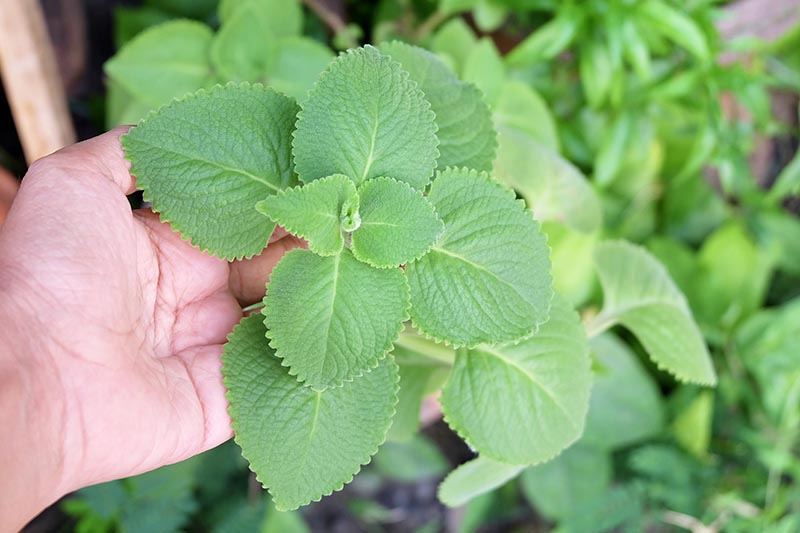
To avoid over watering in the event of rain, consider setting up a rain gauge to track how much water Mother Earth is giving out.
During the spring and summer, when the plant grows the most, fertilize with a granular slow-release, 5-5-5 (NPK) fertilizer every three to four weeks, according to package instructions.
Trim away broken or dead leaves as necessary. And take cuttings regularly to use in your food, of course!
Taking cuttings can also help the plant grow fuller instead of taller, and over time can even help it to spread and develop a vine-like trailing habit that would look nice spilling over the side of a hanging basket.
If you weren’t able to find a spot that receives only four to six hours of morning sun, consider erecting a shade cloth that shelters the leaves at midday (roughly between 11 a.m. and 3 p.m.) but still allows that sweet morning sun to reach your plants.
While C. amboinicus won’t instantly perish if it gets too much sun, it might get sunscald, which can negatively affect the overall health of the plant.
Sunscald is essentially plant sunburn, and affected leaves will lose some of their vibrant green color.
Some leaves might even turn brownish or yellow, signaling the death of plant tissue – a clear sign that it’s time to erect a shade cloth or move a container-grown plant to a more protected area.
During the winter, mulch the plant with a three- to six-inch layer of bark chips or straw to help ward off damage from cold snaps. This is especially important if you live in Zone 9, where winter temperatures can go as low as 20°F on average, or sometimes colder.
Growing Tips
- Plant in an area that receives four to six hours of sun, preferably in the morning
- Provide one inch of water per week, and allow the top inch of soil to dry out between waterings
- Fertilize once every three to four weeks in spring and summer
- Mulch in winter to protect from the cold
Varieties and Cultivars to Select
Cuban oregano can be elusive. But oh, the rewards when you do get your hands on one!
You might be able to get a cutting from a friend. Or, you might call your local nursery and see if they have any in stock. And if they don’t, perhaps they’d be willing to order a plant or two for you.

Ready-to-plant rooted cuttings are also available via Amazon.
A variegated variety is also available, aka ‘Variegatus.’ It has green leaves with white margins.
Though the true species plant is most common, you may be able to track down some other cultivars as well.
These include ‘Wedgewood,’ ‘Ochre Flame, and ‘Well Sweep Wedgewood,’ a pale green variety with darker margins.
Managing Pests and Disease
Thanks to its potent scent, antifungal properties, and insect-repelling oils, Cuban oregano isn’t often bothered by pests or diseases.
But keep an eye out for spider mites (Tetranychidae spp.). These tiny, nearly microscopic mites spin webbing all over the leaves, an obvious signal of their presence.

While not especially harmful to the plant, spider mites feed on the leaves and, like sunscald, can impact a plant’s health if left unchecked.
If you see any spider mite webbing, remove it and spray neem oil on the entire plant every day or two to help prevent reinfestation.
You’ll also want to watch out for mealybugs (Pseudococcidae spp.), which are oval-shaped gray or white bugs that are between 1/20 and 1/5 of an inch in size.
Mealybugs suck the juices from the plant and can cause leaf drop and even untimely death, but this can be prevented if you stop the infestation before it gets too big.
Remove visible bugs with a strong spray from the hose, and apply insecticidal soap or neem oil to the entire plant every few days.
As for diseases, most pathogens will generally leave your plant alone as long as you keep the leaves dry when watering, and avoid letting the plant sit in boggy conditions. Otherwise, the plant might develop powdery mildew or root rot.
Harvesting and Preserving
To harvest Cuban oregano, simply take a sharp pair of scissors and cut off a two-inch or longer portion of the main stem. You can remove about half of the stem at once.
Cut it just above a pair of leaf nodes to encourage bushy growth instead of legginess.
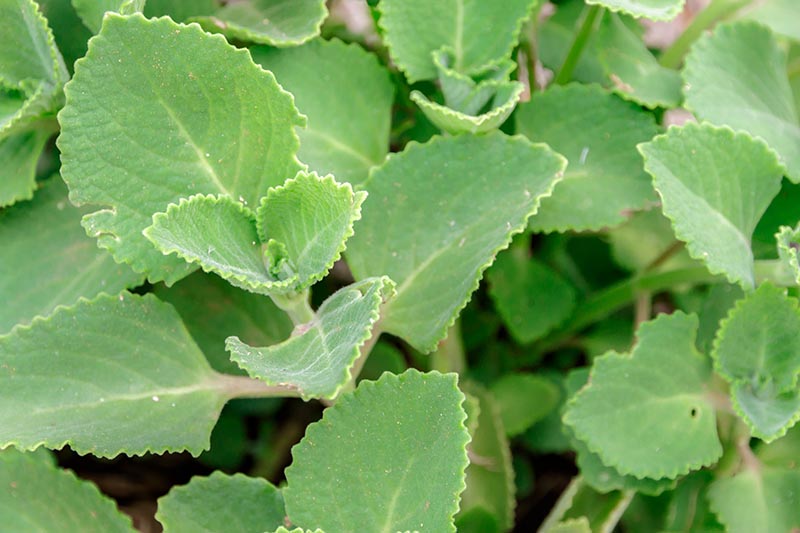
If you take leaves here and there – especially from the bottom portion of the plant – the main stem will grow taller to compensate for the lost leaves, resulting in an unstable, overly tall plant.
Trim the leaves off your cut stem with scissors or simply pluck them off, and enjoy them in your cooking!
You can also dry them to use later. To do this quickly, wash and dry the leaves, then chop them to your desired size. Preheat the oven to just 200-250°F, or whatever the lowest setting is.
Spread the leaves in a single layer on a baking sheet and pop them in the oven. Set a timer for 10 minutes. If they’re still not dry, check them every five minutes until they’re totally dehydrated.
Let the leaves cool completely, and then store them in sealed bags or airtight jars for up to one year.
Get more tips on drying and storing herbs in this guide.
Recipes and Cooking Ideas
Replace true oregano in any recipe with C. amboinicus for an extra-flavorful boost. But remember to use about half as much as the recipe calls for to keep the herb from overpowering the dish.
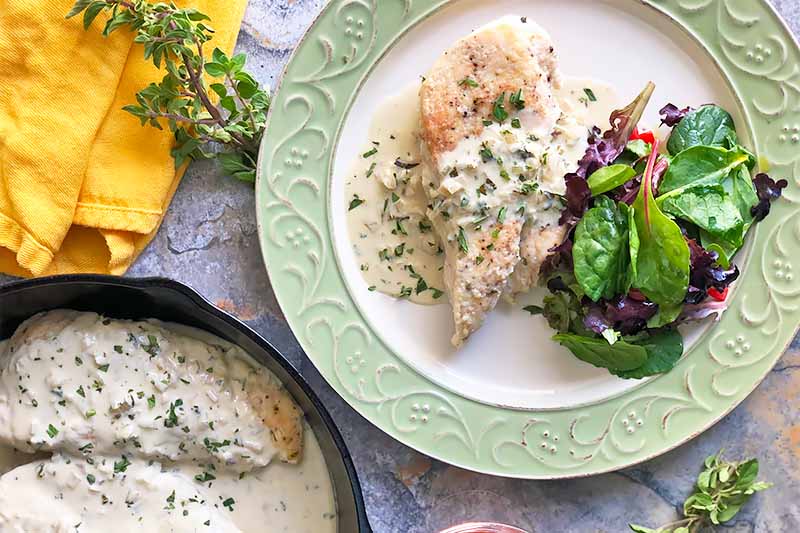
When my family’s in a hurry, I like to use Cuban oregano instead of O. vulgare in this easy 30-minute chicken with creamy mustard sauce from our sister site, Foodal.
Another favorite weeknight dish is this easy cheesy baked ziti, also from Foodal.

Add a teaspoon or two of fresh or dried Cuban oregano to the sauce and watch your family’s eyes light up at the amazing flavor!
Quick Reference Growing Guide
| Plant Type: | Semi-succulent perennial herb | Growth Rate: | Fast |
| Native to: | South Asia or southeast Africa | Maintenance: | Low |
| Hardiness (USDA Zone): | 9-11 | Tolerance: | Full shade |
| Exposure: | Full sun | Soil Type: | Loose, organically rich |
| Spacing: | 3 feet | Soil pH: | 6.0-7.5 |
| Planting Depth: | Same depth as root ball (transplants) | Soil Drainage: | Well-draining |
| Height: | 1-3 feet | Companion Planting: | Cilantro, garlic, lemongrass |
| Spread: | 2-3 feet | Family: | Lamiaceae |
| Water Needs: | Moderate | Genus: | Coleus |
| Common Pests and Disease: | Mealybugs, spider mites; powdery mildew, root rot | Species: | Amboinicus |
A Savory Semi-Succulent for Your Taste Buds
What could be better than an easy-to-grow semi-succulent that doubles as an herb? With Cuban oregano, you get the best of both worlds: a plant that’s beautiful to look at, and delicious to eat.

If you’ve never tried growing this unusual herb before, now’s the time to start. Tell us, have you ever grown it? We’d love to hear your tips, tricks, and questions in the comments below.
For additional guidance to grow your own herbs at home, check out these articles next:

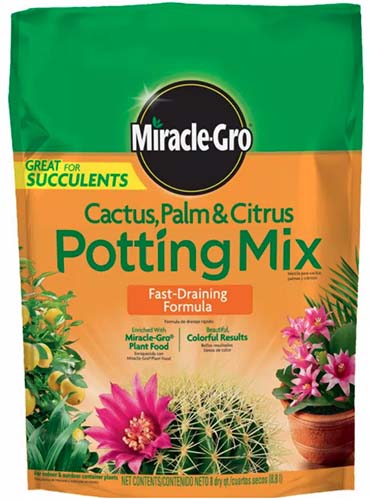

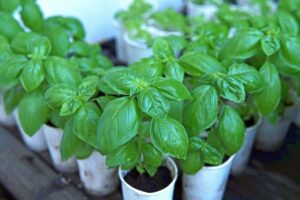
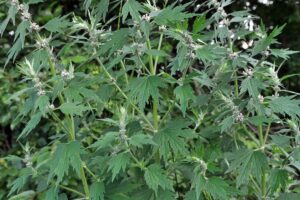
Great article!
I’m glad you found it helpful, Mark! Thank you for reading.
Nice article. This is my plant. It’s 4 years old. I saw the plant in a store window and asked for a piece of it. I potted a 6 inch piece indoors and have fresh oregano whenever I need it. I’ve propagated it many times for friends. Very easy to grow.
Thank you for sharing, Tokie! That is a gorgeous plant. I always love a fantastic propagation success story.
Dear Laura, wonderful summary of Coleus amboinicus. What I have come across from reading material in relation to this particular species is that it rarely flowers. Obviously, less likely indoors than in the pan-tropical belt but I wonder if there is any information out there about why this is the case? Logic tells me that it is because it spreads so easily by ‘node propagation’ but I wonder if there is another explanation. Any ideas?
regards
Hi Iva! I think the main reason Cuban oregano doesn’t flower often is that many people grow it indoors, where conditions don’t favor flowering; and even outdoors, conditions may not be right for flowering even as they support robust leaf growth.
Hi Laura
Thank you very much , I have two big plant in pots , Just now identified as Cuban oregano and red your article , understood everything related to this plant , I would like to propagete in many pots , thanks a lot again, well explained
I’m glad this guide was helpful, Aji!
Is there a variegated variety of this? (cream and green leaves with very pungent odour)
There is a variegated form!
Great article and well written. Thanks. I’m in Georgia and bought one at a plant sale in the spring. It is growing in full sun and is very very happy and spreading all over. Robust plant. I’m just south of Atlanta. Thinking about starting cuttings but I see it is poisonous to cats. Hoping the plant will live through the winter outdoors. Any thoughts on that?
Glad you’re enjoying your Cuban oregano, Ingrid! In Atlanta you’re in USDA Hardiness Zone 7 or 8, but these plants do best grown outdoors year-round in Zones 9-11 – they’re typically unable to withstand winter conditions in cooler zones. You may be able to provide winter protection for in-ground plants, but a better option would be to plant in containers that can be brought indoors in the winter. Read more about that here.